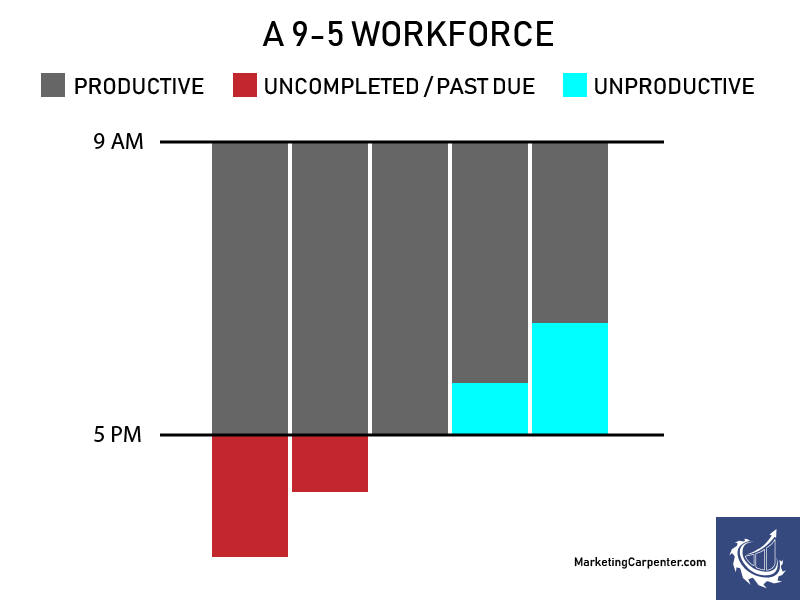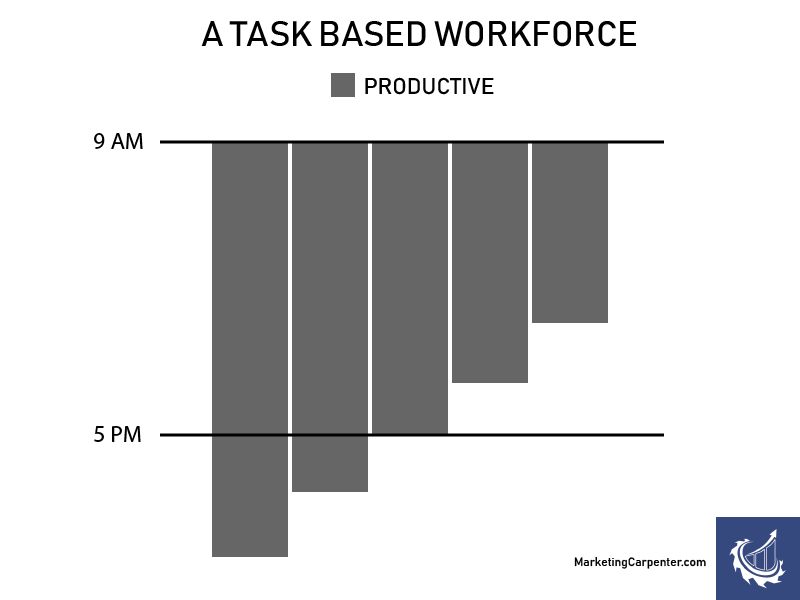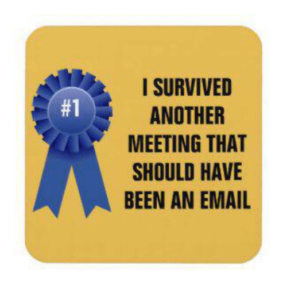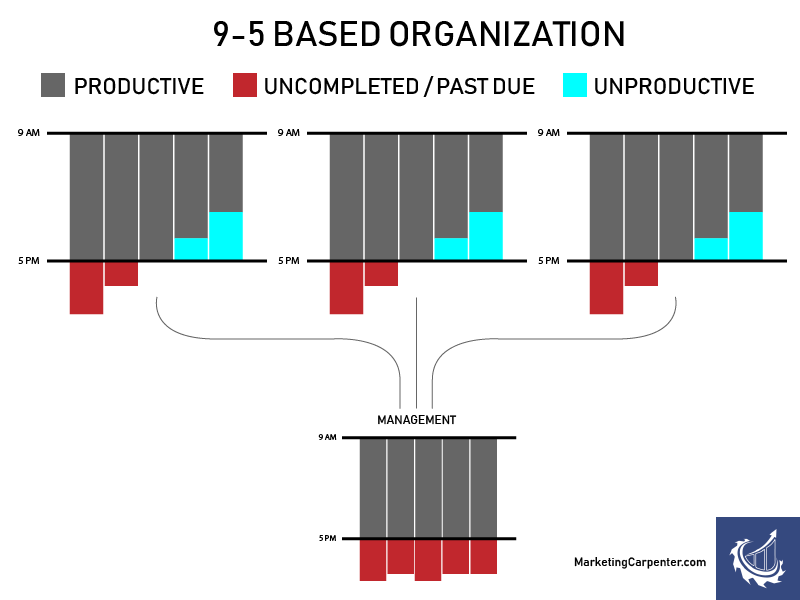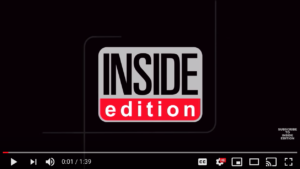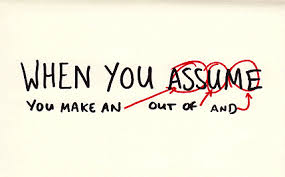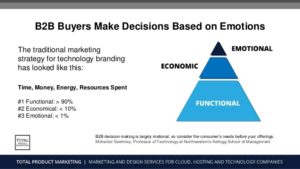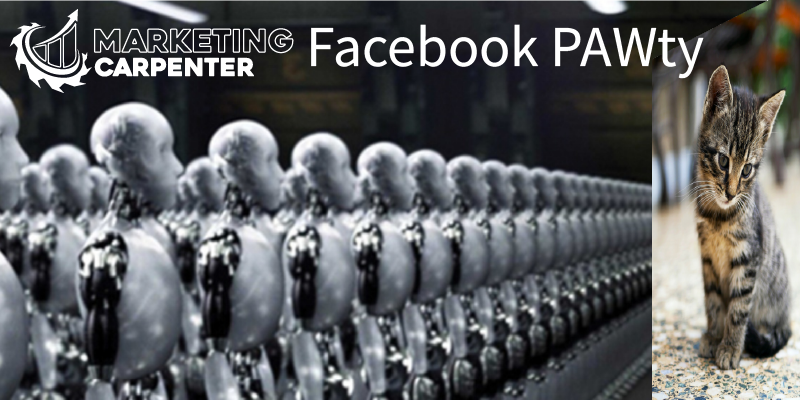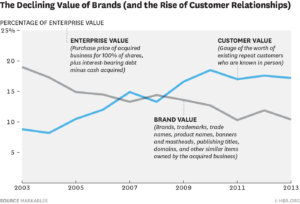
Click Here to learn how the cover photo talks about being resourceful.
I have come to the conclusion that I love to build things. It is what drives me. Something about building anything, whether a brand, campaigns, blogs, or actual items, I absolutely love it! I am not sure if it is because I am so proud of being behind the creation of something or just the idea of physically seeing progress but either way…
Because of this passion, I have found myself building multiple things, lots of things, at once.
As you can imagine doing everything at once can add up quickly and become overwhelming.
In the last 3 months in my house alone I have torn down walls and started to add a bathroom, in the basement I have remodeled and added new rooms, and in my backyard I have destroyed a deck and replaced gutters.
I know, I have a problem.. and from my coworkers mouths, “I need to get a life.”

I would be lying if I told you that it wasn’t overwhelming and extremely frustrating creating and maintaining so many projects at once.
But oddly, I have found ways to maximize my time. Most of the projects I create have shared resources that allow me to power through entirely different projects at the same time.
For instance, removing my rotted deck. The demolition from the interior projects was being picked up and there was room for more debris.
And when you give me a saw and an impact wrench, anything comes down in a couple hours.

The same applies to my marketing campaigns. Sometimes I see how some marketing activities open doors to completely different marketing channels that are typically ignored.
To maximize your resources, you need to look for ways that allow you to accomplish more with less resources.
Take for example buying a sales list. The obvious option is to hand it off to your sales reps (which may be just handing it to yourself) and call and email everyone.
Now this tactic may drive business… But is it the most optimal?
Most certainly not – You are fighting against a lot of variables from gatekeepers, bounce rates due to bad data, and extravagant firewalls.
A low percentage of the list you obtained will truly notice your message or have an understanding of the product you are offering and the need you satisfy.
Oddly, in this same resource you paid for is also a key to a variety of resources that typically go unnoticed and un-executed on.
Such as company name, this in conjunction with their web URL (which is in their email) can become an accounts list in LinkedIn. Allowing your business on top of calls and email, increase reach an leads using targeted content on LinkedIn or even InMails that can always bypass firewalls.
Or even better yet – look for roles in the same company that would be working with the contact you were originally planning to email. (Account Based Marketing-ABM)
Also, using these same emails, you can upload them to LinkedIn, Facebook, and Google to match your audience -doing a variety of campaigns to further increase your frequency and reach of the list you purchased.
Now as I have stated in previous blog, there is always uncertainty in small business. Some of these tactics may not be right for your business, but they do all prove the point that anything with a little creativity can lead to new ways to extend resources.
To help small businesses maximize their resources through lead generation. I have compiled a list of marketing channels that are available to marketers to use, divided by the information they have readily available.
eMail is known
Google Display
LinkedIn Advertising
Bing Advertising
Facebook Advertising
Twitter Adverting
Company
Facebook Advertising
Twitter Advertising
Google Display Audience (if employee login available – by creating an affinity aaudience)
Social Media – use their account to grab attention
Direct Mail
Web Behavior
LinkedIn Advertising (retargeting)
Bing (retargeting)
Google Display (retargeting)
Google Display (create an affinity audience)
Industry / Vertical
Buy eMail list
LinkedIn Advertising
Paid Industry Advertising (publishers)
Organic Search
Social Media – Share to industry groups
Google Display – Affinity Target Marketing (publications or popular sites)
Trade Show
Partnerships
Pain Point
Google Ads (keyword search)
Organic Search
Google Display – Creating Audience
LinkedIn Advertising
Paid Industry Advertising
Video Advertising (what tutorial would people be looking for? advertise beforehand)
Technology
Google Ads (keyword search)
Organic Search
Google Display (if cloud based, build affinity audience based on login)
LinkedIn Advertising – Target following / user groups
Builtwith.com or similar for database if target audience uses a tech
YouTube (Video marketing before tutorials)
Share content to User Groups
Trade Show
Persona
Organic Search
Google Display – Creating Audience
LinkedIn Advertising – Target following / user groups
Did I miss some? Let me know in the comments!
A creative marketing tool emailed to you weekly.
The insight is the tool.. not me.







